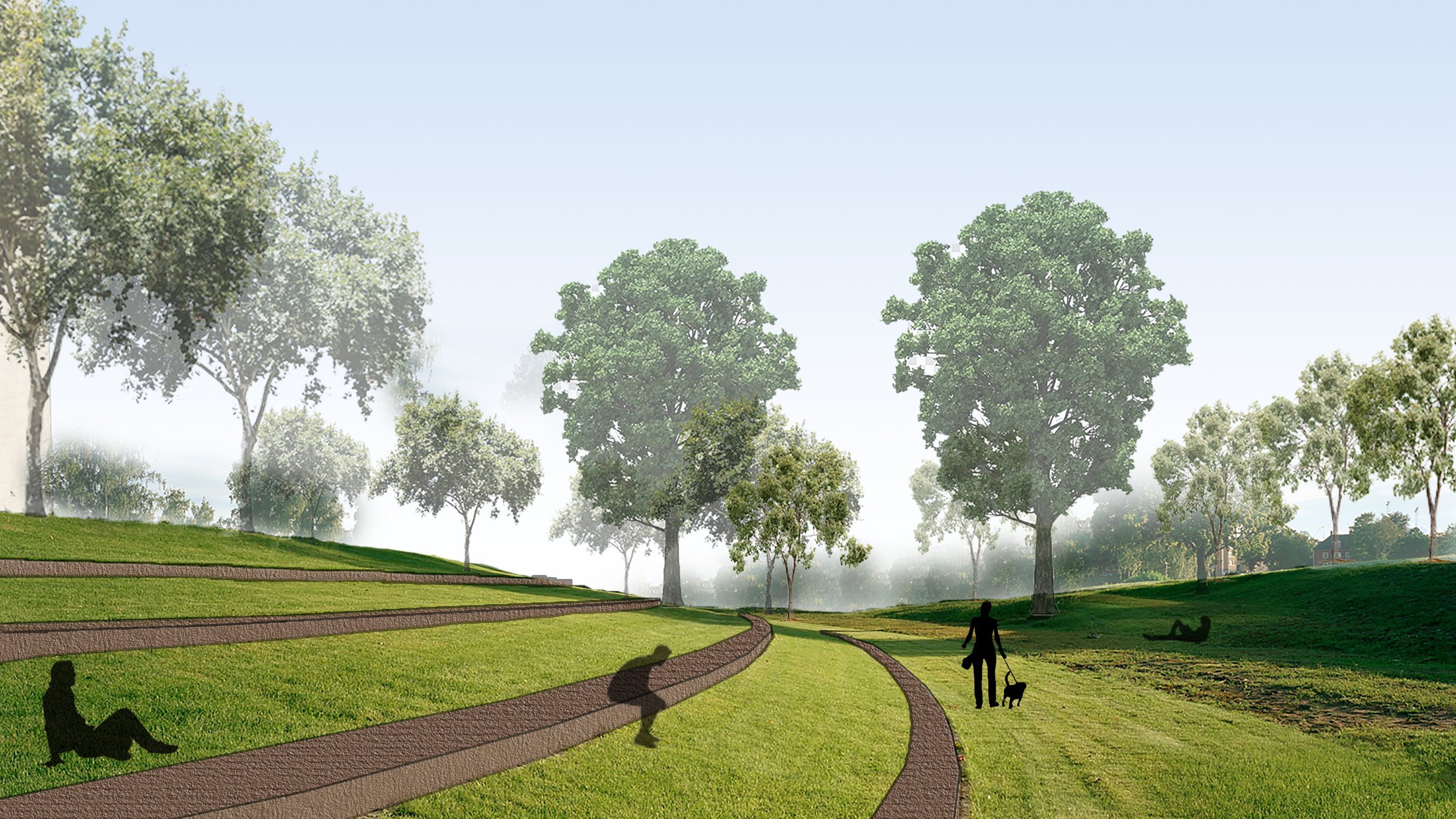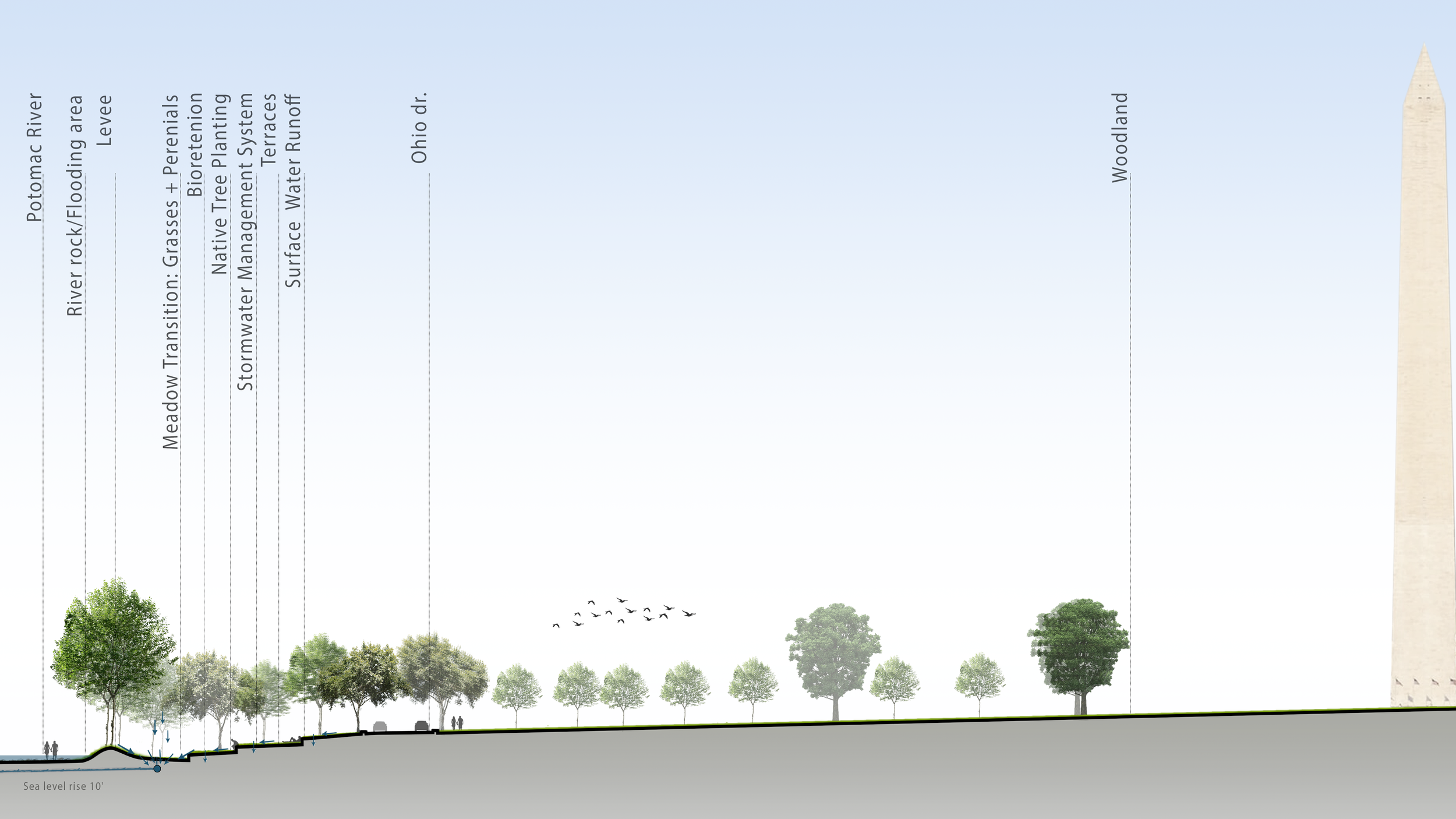
Green City, Blue City, Old City, New City
A master plan for the city of DC. When the seas rise, how do we protect our nation’s capitol and preserve it for the future?
Architect: ISTUDIO Architects
Designers: Virginia Tech Students
• Sea level rise mitigation • Rendering • Concept Design • Exhibit Design
Meet the Team
-

Shelby Pollack
VIRGINIA TECH - PROJECT MANAGER | LIVING MONUMENTS
-

Behnaz Nozari
VIRGINIA TECH - BLUE-GREEN STREETS
-

Astha Bhavsar
VIRGINIA TECH - GREEN LIVING
-

Armond Dai
CAL POLY - BLUE-GREEN MEMORIALS
-

Rana Rahimi Bafrani
VIRGINIA TECH - EMPOWERED EDGES | VT WAAC Alumni
-

Rick Schneider
ISTUDIO FOUNDER | VT WAAC Alumni
-

Desiree Hollar
ISTUDIO - PROJECT MANAGER VT Alumni
-

Sara AlKatib
ISTUDIO - ARCHITECT | VT WAAC Alumni
-
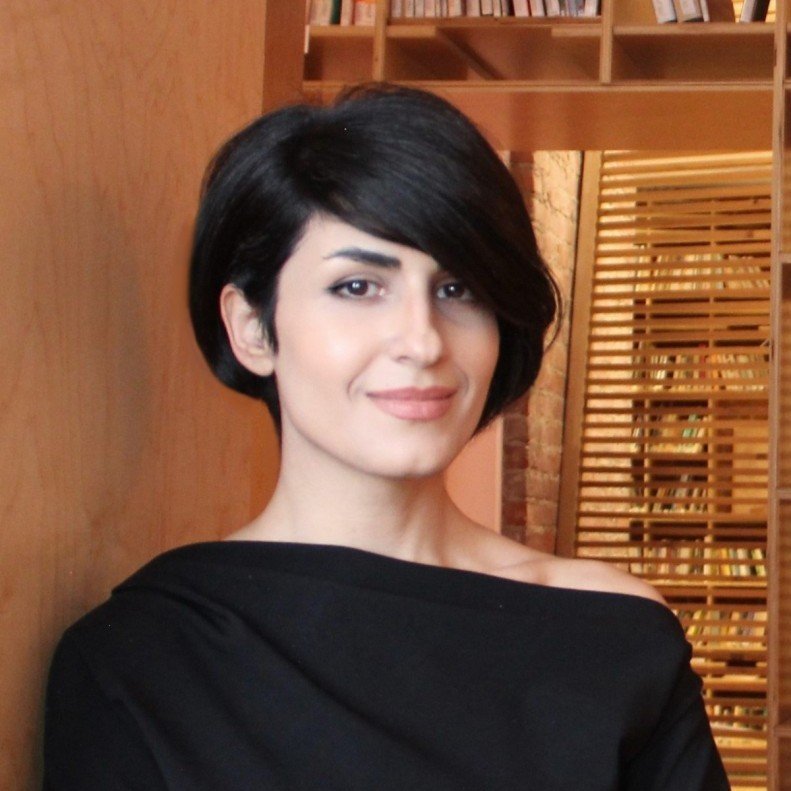
Masah Hedayati
ISTUDIO - DESIGNER | VT WAAC Alumni
-

Susan Piedmont-Palladino
VIRGINIA TECH - WAAC LIASON
Forward by Rick Schneider & Susan Piedmont Palladino
DEFINING THE CAPITAL CITY
Two rivers shape Washington, DC--the Potomac and the Anacostia. One district, two states, and six counties comprise the National Capital’s urbanized region, and they all border these waterways. The monuments and memorials that define the Capital city occupy the low-lying confluence of the rivers. So too do historic cities, major utilities, transportation infrastructure, and a sizable portion of the four million people who call the area home. The region faces unprecedented challenges related to climate change, including increased flooding due to rising sea levels, storm events, and myopic urban planning. The impact to people, property, and infrastructure is almost incalculable – but where there is a problem there is also potential.
To address these impacts will take more than design and planning – especially political will, cross-sector collaboration, and coalition-building. Architects and planners bring a unique approach to tackling the complex issues: design thinking. five projects in the region represent the range of possibilities within this framework. Individually they are case studies in resilient design, biophilic principles, and sustainable planning. Together they frame a vision for the Nation’s Capital that is resilient and sustainable, equitable and inclusive.
REFRAMING RESILIENCE - FIVE PROJECTS IN THE NATION’S CAPITAL
The cities of the future will be blue-green—recognizing that water is precious and that biodiversity is essential. All waters are not the same though. The different waters of this capital city telegraph our social and cultural values and biases: the Potomac, once the division of Union and Confederate states; the Anacostia, mistreated and marginalized in the economically disadvantaged east side of DC; the Tidal Basin, an engineering effort to fight the river’s nature, ringed by commemorative icons; the deceptive serenity of the Reflecting Pool, requiring constant energy and maintenance.
We need to reframe our relationship to the cycles of nature. Water connects these 5 projects, as they reshape the complex ecosystems at the rivers’ edges, 2 unbuilt proposals bracket the city on its west and east sides. Third Century Mall Vision Plan (unbuilt) asks what a civic landscape could be if our respect for the environment were given equal status as our national values and achievements on the National Mall…
Kingman Island Environmental Education Center (unbuilt) asks what a civic landscape could be if local values and aspirations for a healthier city, public, and environment are the priorities, on the Anacostia anchoring the east end of the symbolic axis…
Reframing our relationship with each other, and with the elements of air, earth, sun, and water are three built works: Marvin Gaye Recreation Center + Trail—Named for its neighborhood native son, this building breathes…
Living Monuments
By Shelby Pollack
LIVING MONUMENTS allow people to interact with the monumental core in a different way, allowing for more environmentally friendly and healthy ways to observe them, as well as preserving them. The mall has always been a place to look and honor, but how can visitors interact and honor? How can people become a part of the memorial versus an observer? How can memorials live and breathe, and also embrace water?
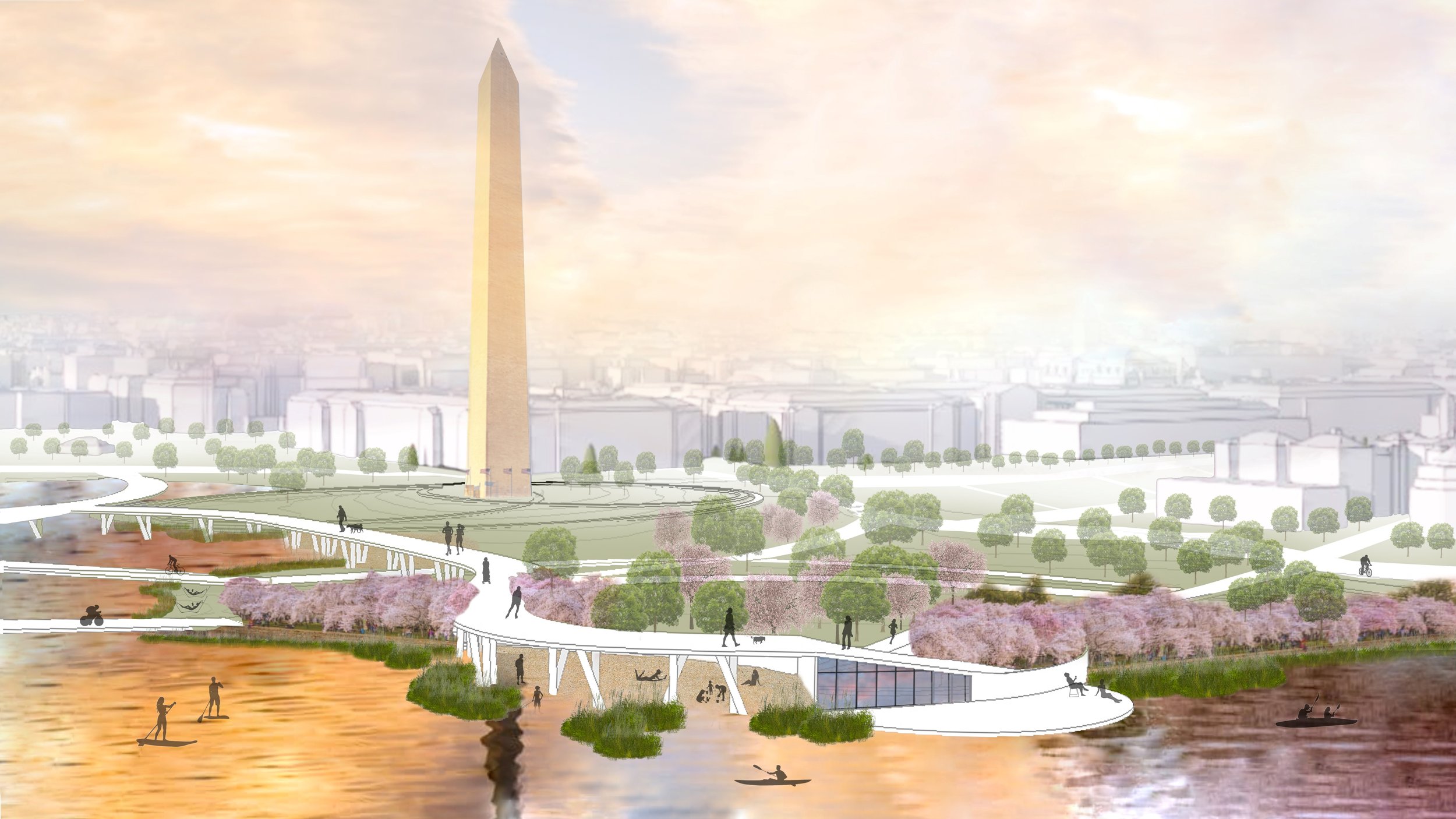
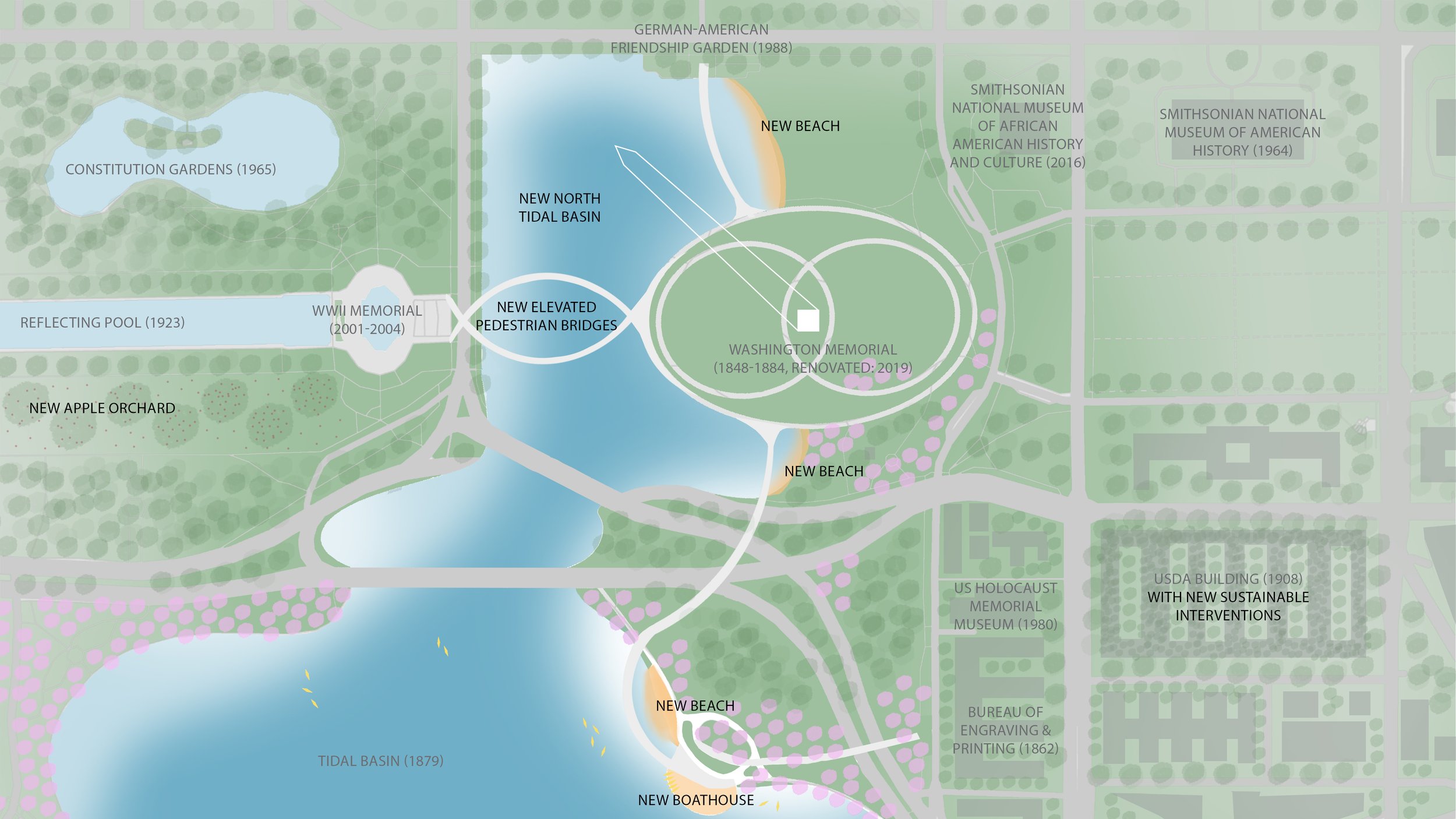
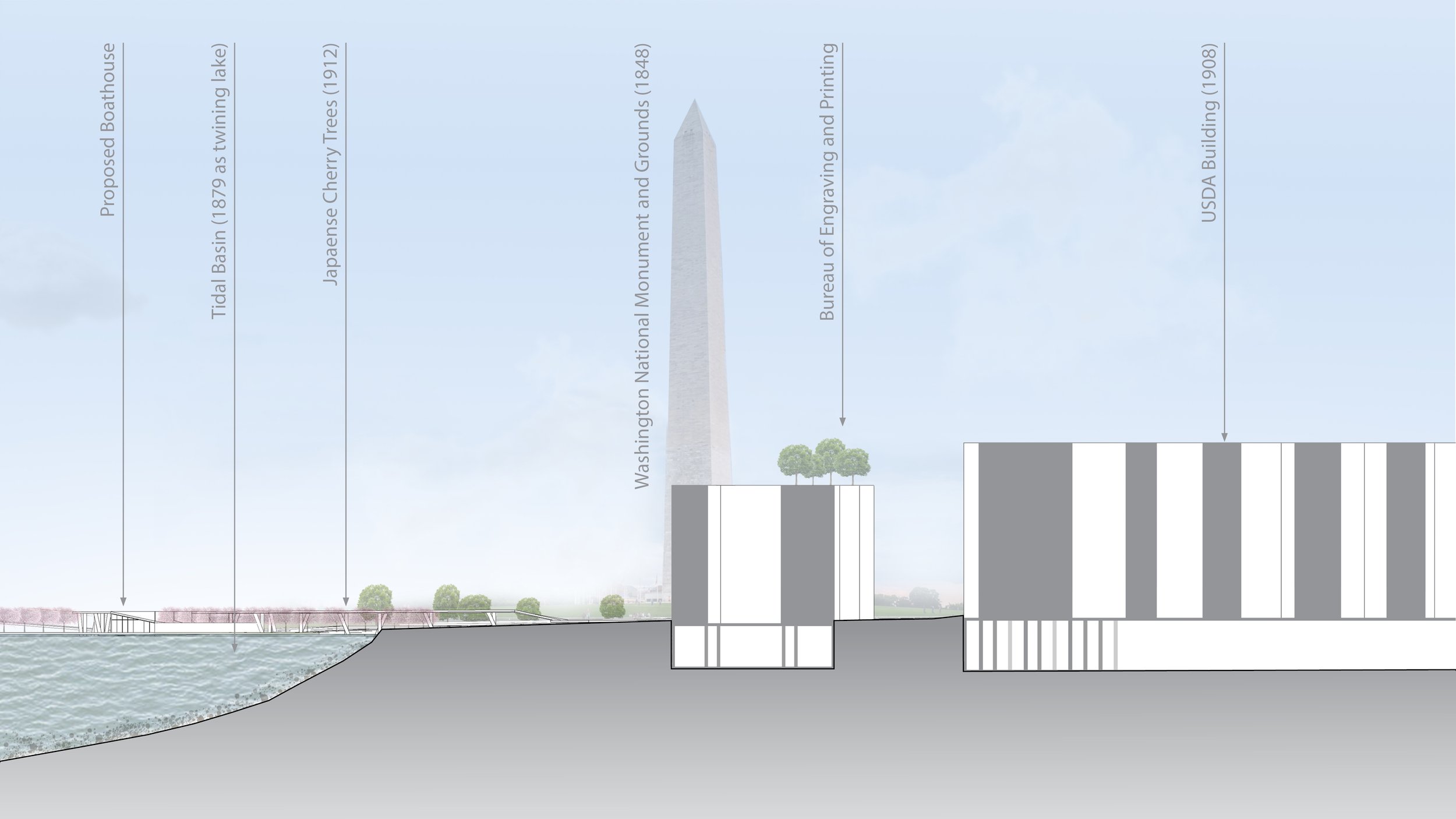
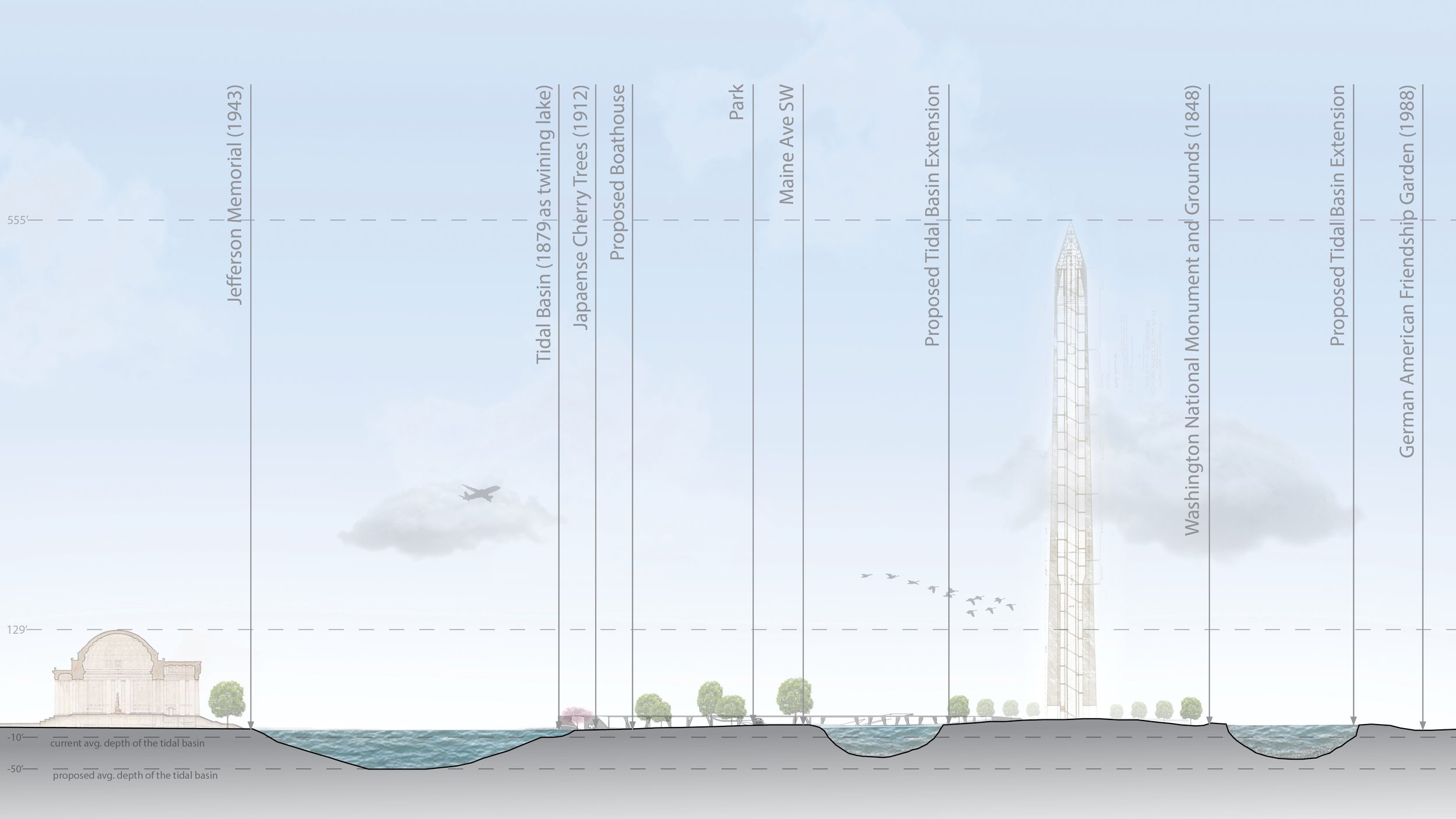

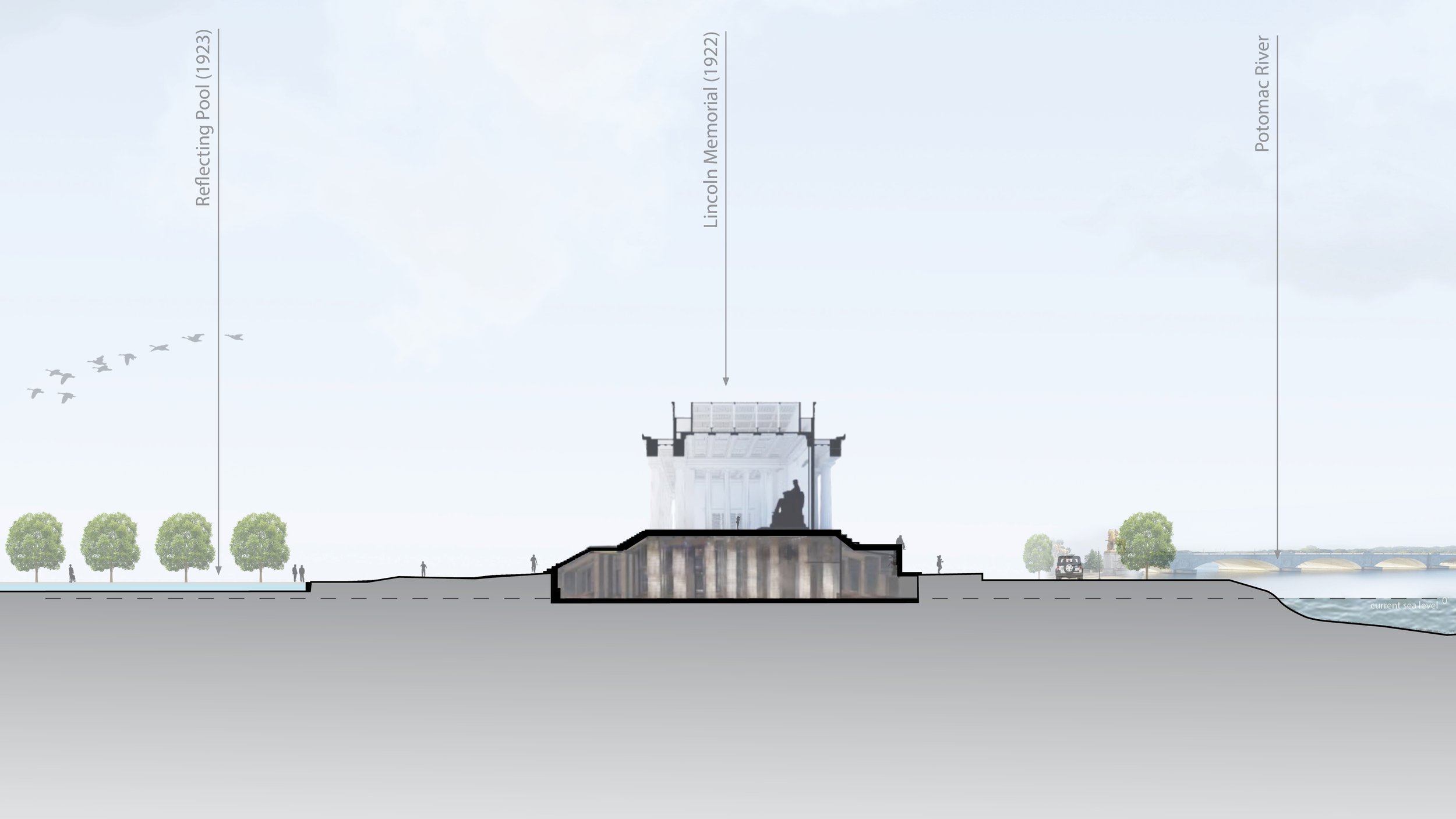

Blue-Green Streets
By Behnaz Nozari
BLUE GREEN STREETS resurrect historic canals in Washington D.C. and add greenery to existing avenues. The streets become more adept for pedestrian and cyclist use, while also introducing more biodiversity and the celebration of water throughout the city. Acknowledging water and plants as essential, not ornamental, in the New City, manifests itself in a network of “Blue-Green Streets”. They extend outward from the National Mall, effectively connecting neighborhoods and building back ecosystems.

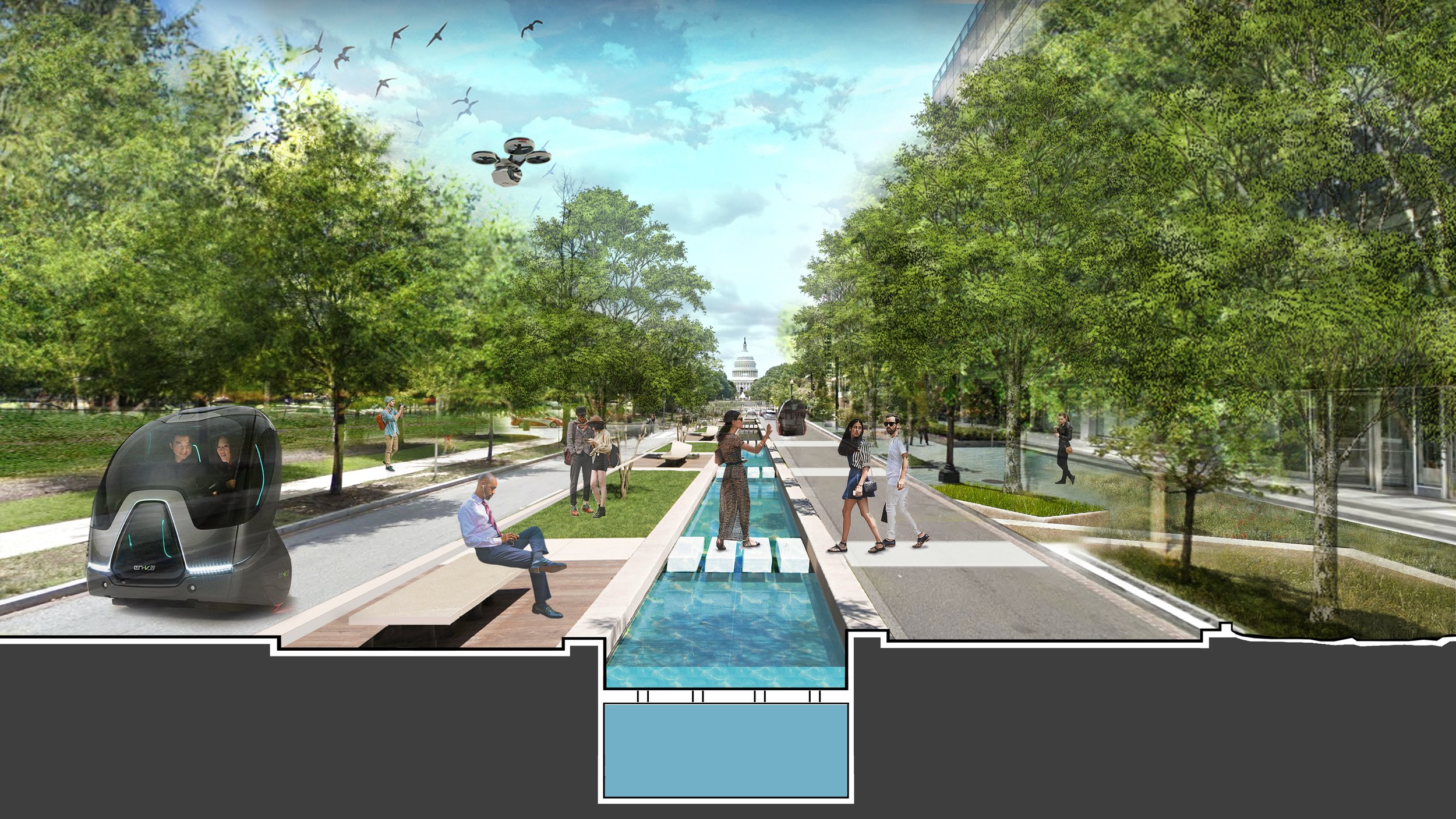
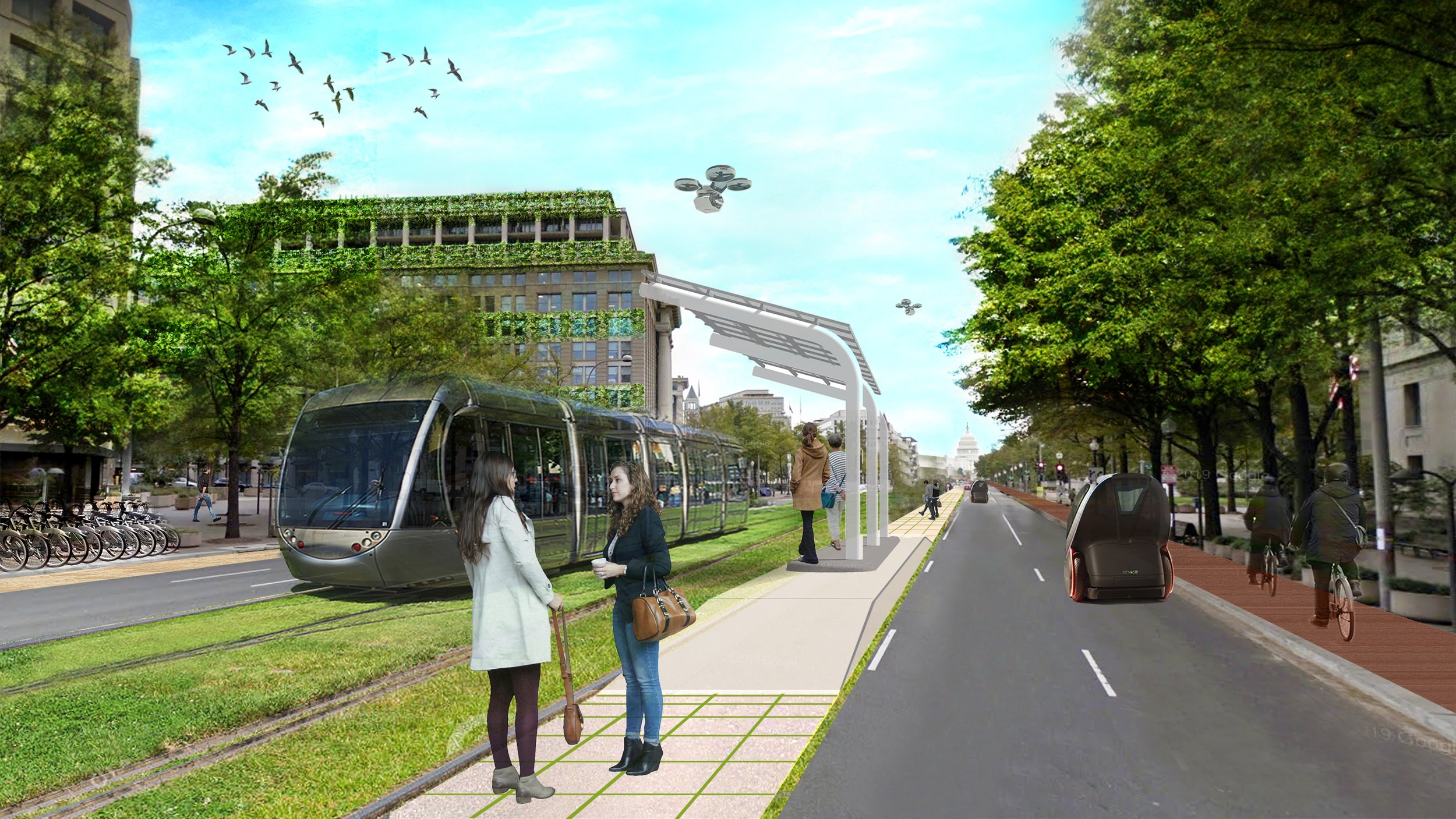
Green Living
By Astha Bhavsar
GREEN LIVING brings affordable housing to the National Mall and promotes sustainable living that allows people to be a part of the DC ecosystem. People are an important part of the ecosystem, but they are disproportionately affected when it comes to climate change; those living in low-income housing are at higher risk. In D.C., Ward 2 is home to the National Mall and some of the most expensive housing in the city. Incorporating more affordable housing and creating 15 minute cities in this area can start to prevent the cycle of poverty, and create a healthier, more prosperous community.






Blue-Green Memorials
By Armond Dai
BLUE-GREEN MEMORIALS How does water meet earth? How do we reign in the awesome power of water to enhance public life rather than damage public infrastructure? How do we prepare the earth to receive different kinds of water?


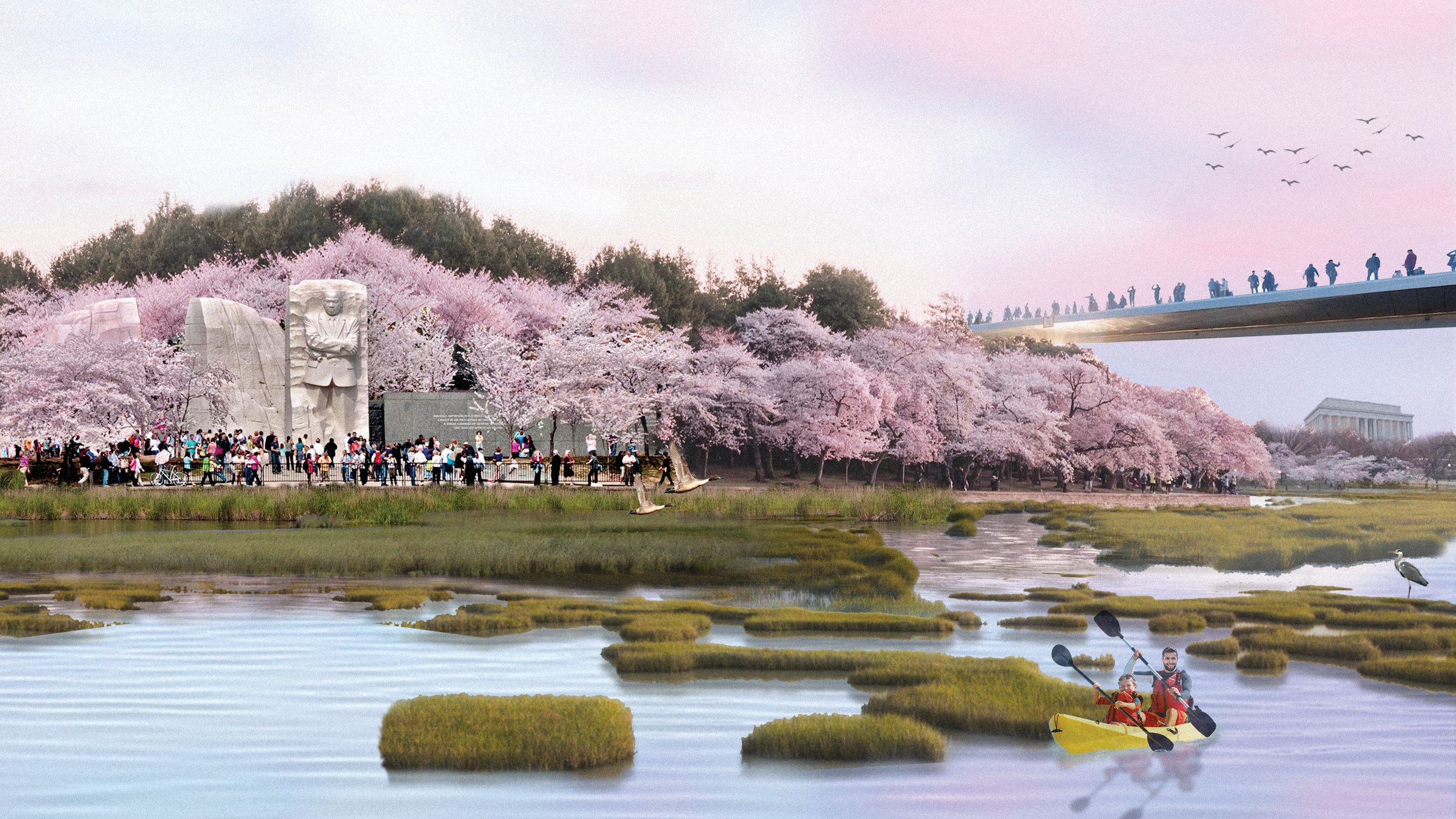
Empowered Edges
By Rana Bafrani
EMPOWERED EDGES... The river edges of Washington DC, such as the Tidal Basin as the important river edge of the National Mall, get flooded twice each day. What are the different strategies of dealing with the edge at the time it gets flooded? How does this flooding water get clean enough on the edges that people would like to participate with it as it comes into contact with them and becomes a social space?
